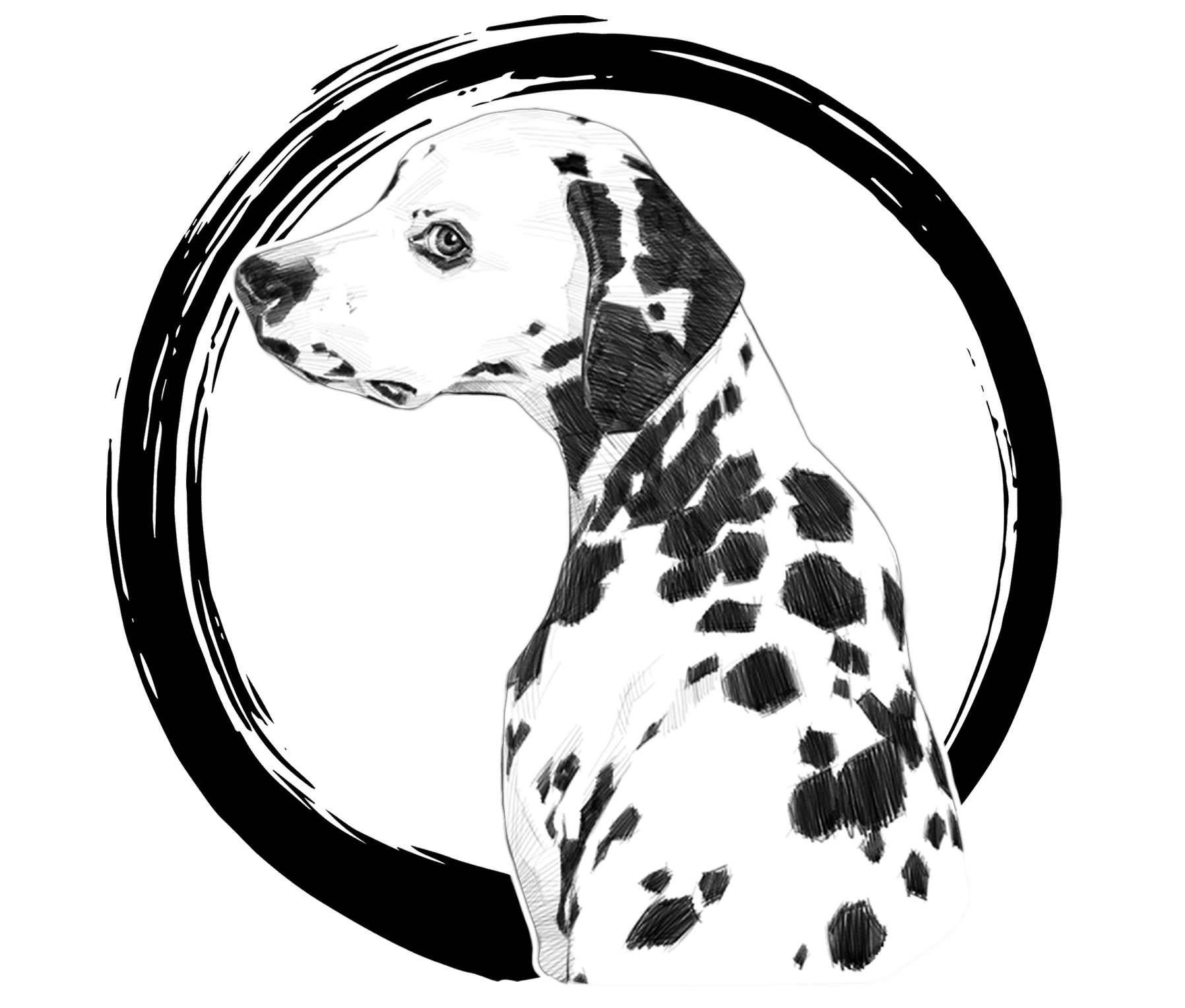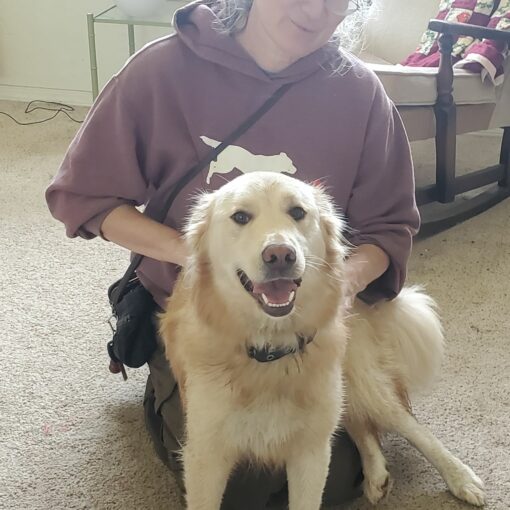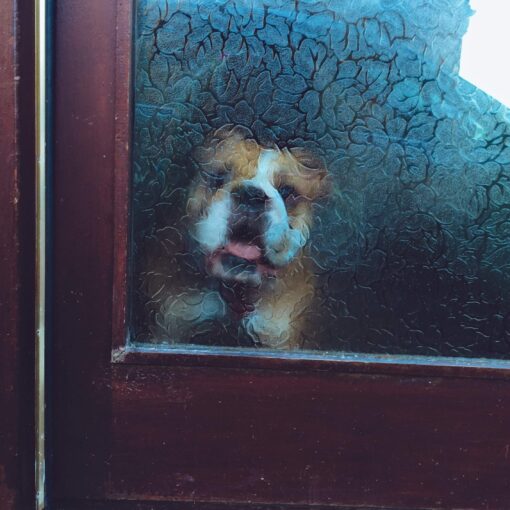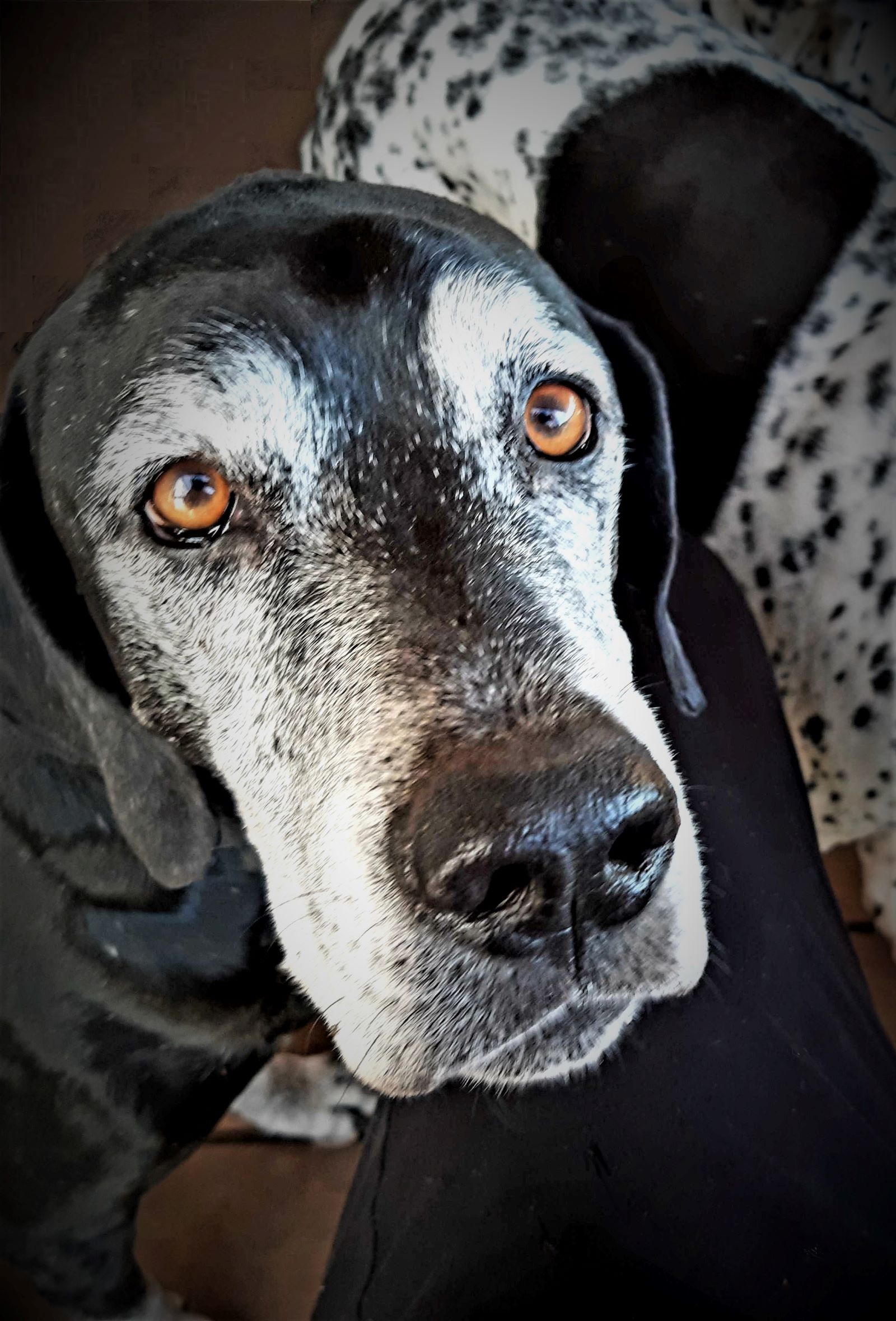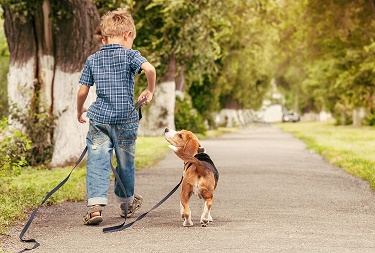The way it was meant to be
Why do a relaxation protocol?
Struggling with hyper-arousal, reactive dog, thunder-phobia? These are all common problems that can use a little extra support at home. Just like meditation (or a vacation) for humans, having a relaxation practice with your dog can really lower his stress levels and make lots of training easier. If you are struggling with any of the above, or just want to add a new aspect to your relationship, check out our relaxation protocol.
One of the critical components to this relaxation protocol, unlike other protocols, we make use of the dog’s nose! This is super fun and helps us to take it on the road—if you travel with your dog—either to training events or for fun, you may have noticed your dog being stressed in the hotel room. This can be due to the number of novel odors, as well as unusual noises. Using a familiar scent, especially one that you have conditioned at home to mean “relax”, can make a huge difference. My dogs used to bark a LOT in hotel rooms—now they hop into bed and go to sleep.
A word about scents and essential oils. Not all scents are created equal. Lavender has been shown to have a calming effect on dogs. Some other scents are inherently aversive (clove oil, for example).If you don’t like lavender, try something mild like honeysuckle.
Many diffusers and plug-ins contain other ingredients which may be unsafe, or may be overwhelming for your pup. Dogs noses are super sensitive. Five to 10 drops of essential oil in a spray bottle filled with water, and 5-10 spritzes around the room should be plenty. You also want to spritz the scent around immediately before practicing the relaxation protocol, so it becomes associated with the feelings of safety and relaxation that come with snuggle time.
Instructions
The relaxation protocol is simple, but you need to practice at least once or twice a week for about 6 weeks for it to really be effective.
The first step—find a time when you won’t be disturbed and you can relax.
Choose a time of day that is fairly normal “sleepy time” for your pup. For most dogs, late morning or early afternoon works really well, as does early evening and just before bed.
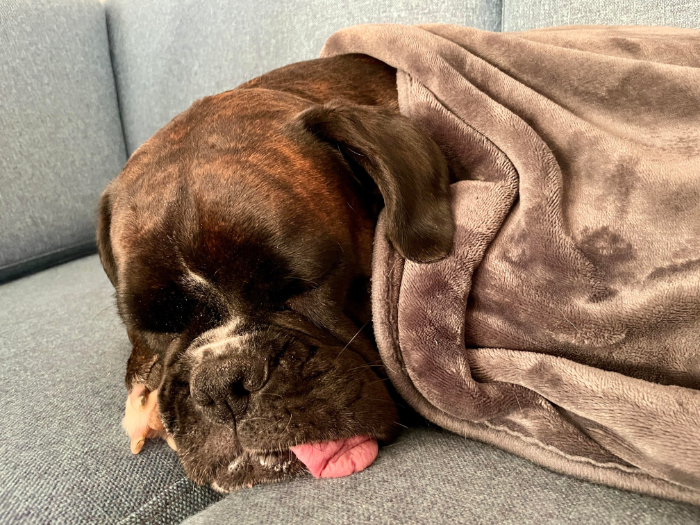
Make sure your pup has had all of his basic needs met—he has gone for a walk, had ample play time, has been fed and is in a good mental state to relax
Now, turn on some classical music or an audiobook. Close the curtains. Get out a large milkbone or real meat bone. Spritz 4-6 splashes of the relaxation scent around the room, grab a book, and go relax in your favorite snuggle spot. If it’s cool and your dog has short hair, he may even enjoy being under the covers. Relax for about 1⁄2 hour to an hour.
Variations
- Do this in your car
- Play Jazz or white noise
- Read to your dog
- Give your dog a massage or some gentle petting
Troubleshooting
- If your dog struggles to relax, try shorter periods of time, make it easier, take a longer walk before your scheduled relaxation practice.
- If you have multiple dogs, you can practice relaxation with all of them at once, or one at a time – whichever works best for your pups
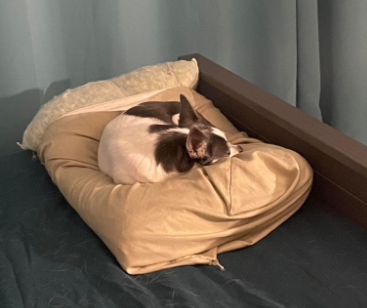
Next Steps
Once your dog is used to the relaxation protocol, you can do a practice run in a new environment. Don’t pick an exciting environment like a picnic or a party – go to a friend’s house, or go for a walk and then relax in the car afterwards. Your dog should start to relax as normal – if he does not, then practice some more at home before trying again.
Author
About the author: Kate Coberly is best known as the founder of DT101 Community. She is a Certified Dog Behavior Consultant with IAABC and has a PhD in biology. She currently works locally and via skype on dog behavior issues, including aggression and OCD, and lives with her husband, 7 pointers, 3 horses and 1 cat on a farm in Oregon.
